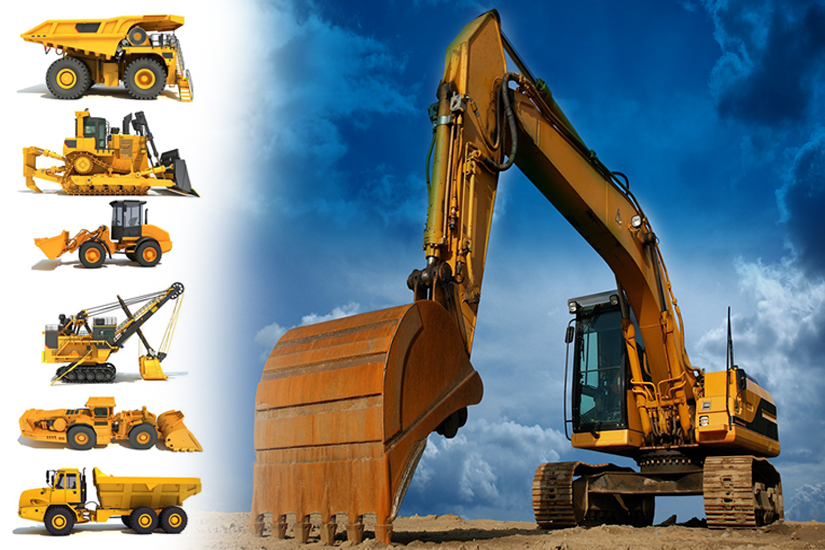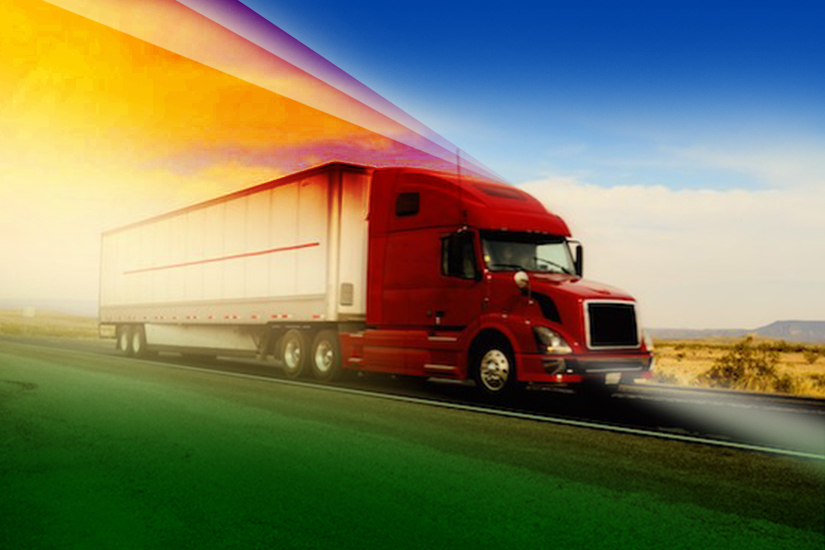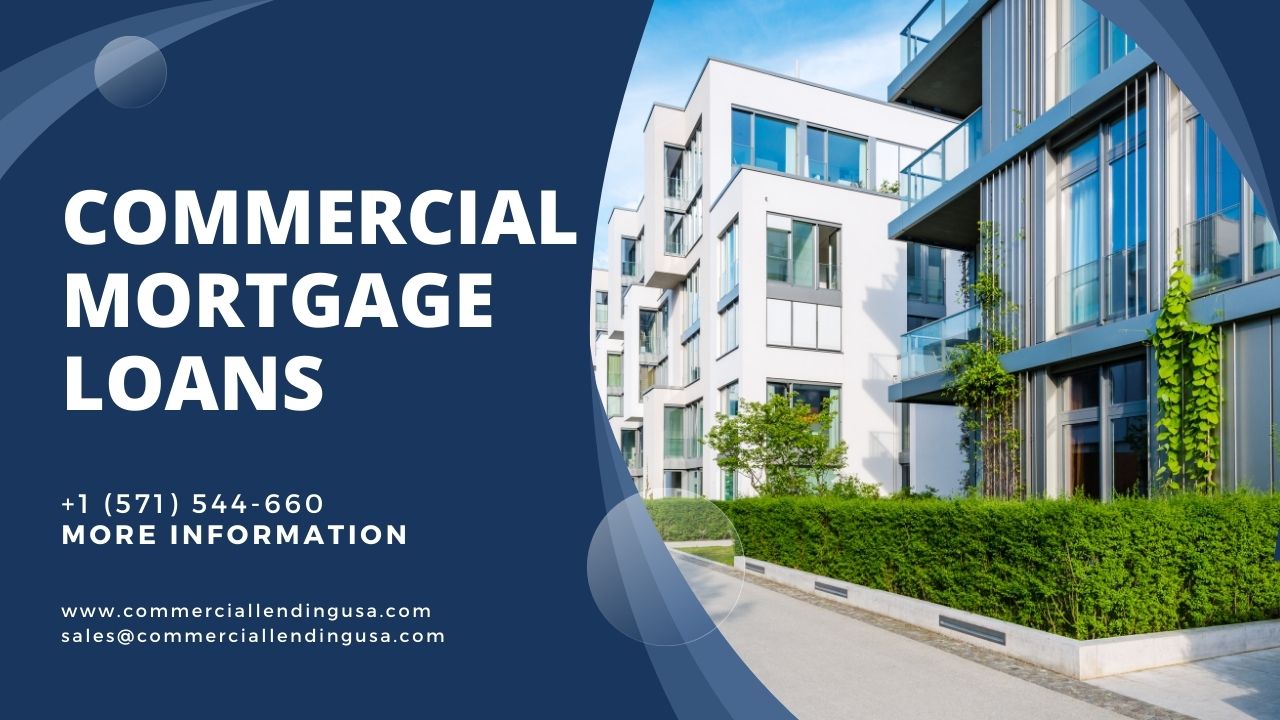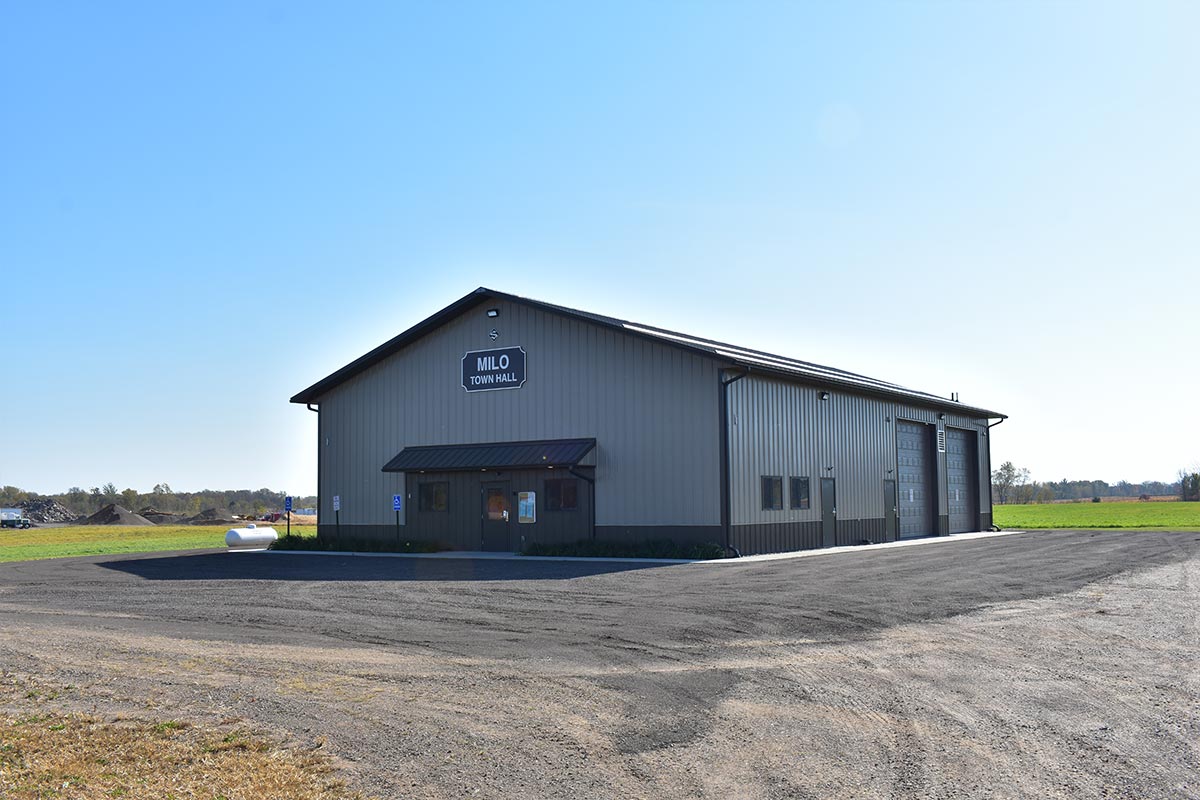

Equipment Financing Terms
Accounts Payable (AP)
The amount of money your business owes (current liability).
Accounts Receivable (AR)
The amount of money your business is owned by others. The unpaid balance is reported as part of the current assets listed on your company’s balance sheet. It is an important asset for Invoice Factoring or structures a customize loan due to credit issues or down payments.
$1 Buyout Lease
Allows you to own equipment while making monthly payments instead of paying the entire cost upfront. At the end of the lease, you make a nominal payment (often just a dollar) to end the financing period and permanently transfer ownership. The Lender may have different buyout lease options at the end of lease maturity.
Amortized Loan
Requires you to make periodic payments until you have paid off both the principal balance and interest. Early payments typically contain a larger amount of interest payoff, while later payments contain larger payoffs toward the principal balance.
APR
APR means the Annual percentage rate. The price you pay to borrow money, quoted as the percentage of the financing amount that you’ll pay each year. Example: If you borrow $100 with an APR of 10%, you will pay $10 per year in financing costs.
Business Credit Score
Indicates the creditworthiness of your business. Credit bureaus rate your business’ credit on a scale of 0 to 100. We require 60 paydays for B Lender and 80 paydays for A lender.
Cash Flow Statement
A statement showing all the money entering and leaving your business via income, expenses, and loan payments. The Investor may require a profit and loss statement for a clear picture of the business or risk assessment.
Collateral Property
that a lender accepts as security for financing. The lender gets to keep the collateral if you are unable or unwilling to pay off your debt.
Equipment Financing Agreement (EFA)
A non-traditional loan in which you own the equipment and the amount of interest you pay over the life of the loan remains fixed (also called a capital lease).
Equipment Leasing
Rental agreements for the use of equipment. You do not own the equipment, and payments are generally fixed (also called an operating lease).
Fair Market Value Lease
Allows you to use the equipment for a set period. Includes several options at the end of your lease term, including purchasing equipment at its current fair market value. The lender has different value calculation books/ guidelines than the purchase price.
Five C’s of Credit
Describes the five primary factors (Character, Capacity, Capital, Collateral, Conditions) lenders use to evaluate whether they can approve a financing request from a potential client.
Fixed Interest Rate
An interest rate that remains the same throughout the entire financing term. We normally offer it for good credit or long-term agreement.
Interest Rate
The percent of a loan or lease outstanding principal that the lender charges each period for the use of their money or asset. The interest rate could vary based on credit, types of equipment, life expectancy, cash flow, and risk assessment.
Long-Term Debt
Debt that will take longer than one year to pay off.
Loan-to-Value Ratio (LTV)
The percentage of a piece of equipment’s value that a loan will cover. For commercial equipment financing, this ratio is typically up to 100%. For example: if the customer has a 30% down payment, then it will be 70% LTV.
Maturity
The final state of a loan is when you have completely paid off both the principal and interest of your loan.
Principal
The original balance of your loan or lease, excluding interest and fees.
Private-Party Sale A transaction that involves purchasing from an individual owner (private party) rather than a vendor or dealer.
Risk Assessment
The likelihood of you being unable to pay back a debt. Used by lenders to determine whether to accept a financing request and how to set the interest rate.
Section 179 Benefits
A tax incentive that allows you to treat qualifying assets as business expenditures and expense the costs of those assets immediately. This is the greatest incentive to show expenses for yearly income tax to the IRS.
Secured Loan
A loan that requires collateral in case you don’t pay back the debt. The Lender offers better interest rates and terms.
Short-Term Debt
Any debt that you will pay back within a year.
Term
The period during which you will make payments on a loan or lease.
Traditional Loan
You borrow money to purchase equipment and make periodic payments that include principal and interest over a fixed term. Once the loan is paid in full, you own the equipment.
Unsecured Debt
Any debt that’s not backed by collateral. It requires very strong credit and income.
Working Capital
Total revenue minus debt. How much money your business has to work with. Working capital helps the company to increase sales. At CommercialLendingUSA.com, we offer short-term, long-term, fixed, and hybrid working capital (secured and unsecured).




